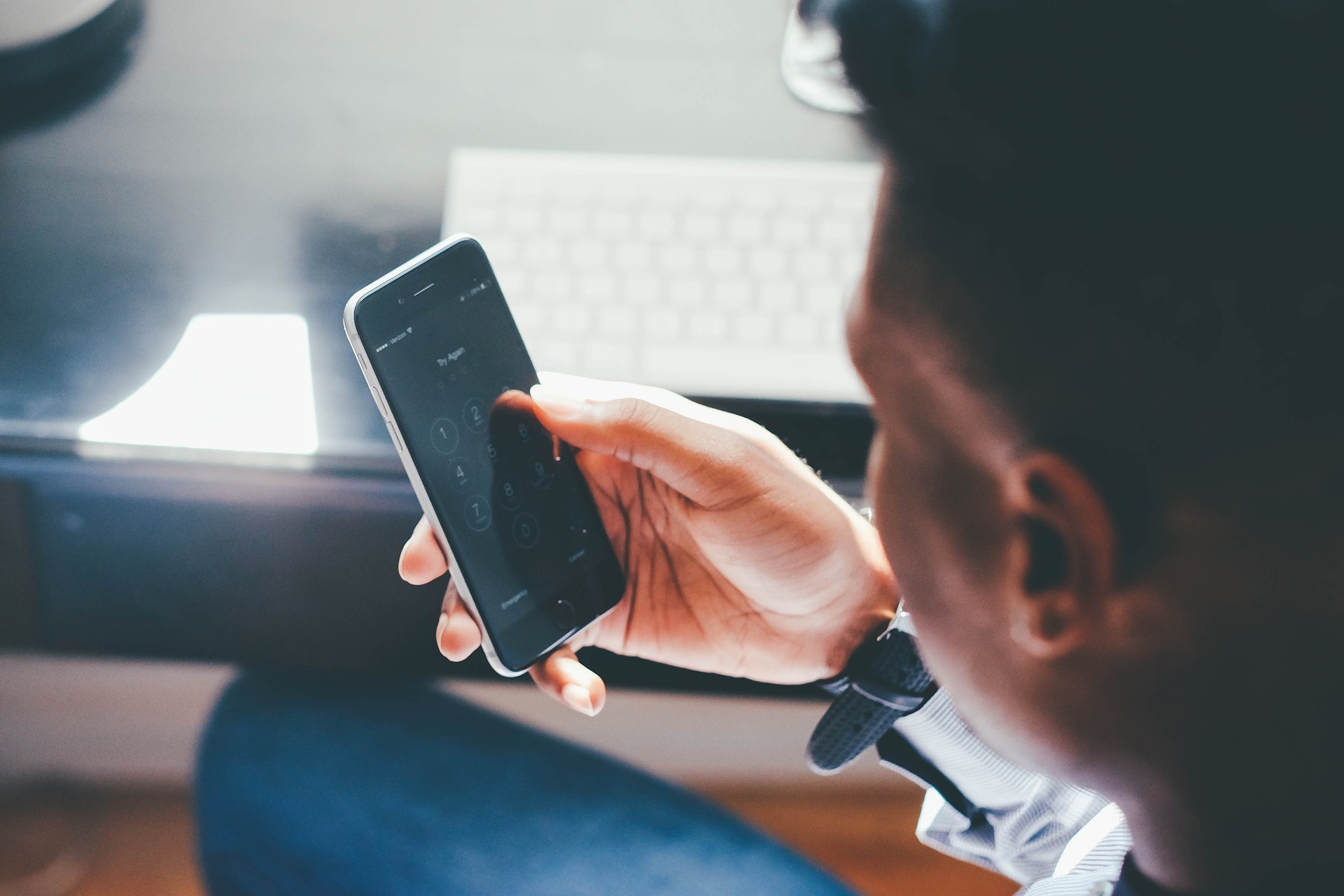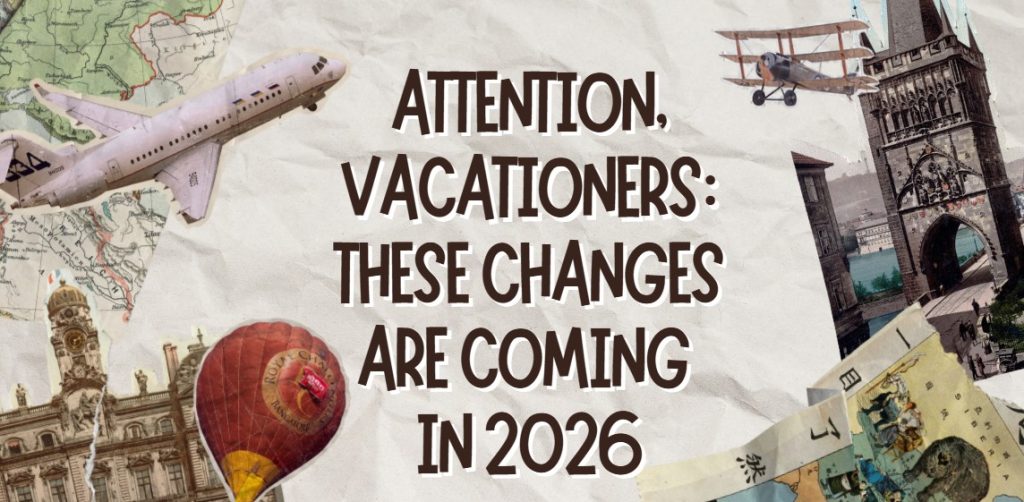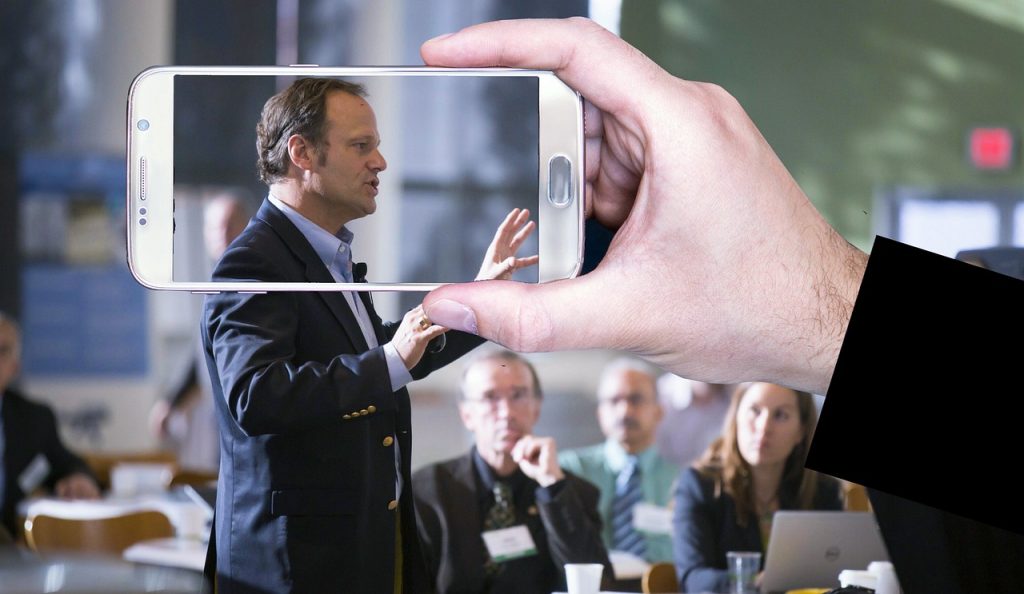Today, there are more cell phones on the planet than people. It all started half a century ago with the very first call.
The phone call that would spark a revolution was, in itself, rather brusque. “Hi, Joel,” Motorola engineer Martin Cooper said to his colleague. “I’m calling you from a cell phone. But a real cell phone. A personal, portable cell phone,” Cooper recalled of the first call from a cellular device ever. Colleague Joel was so stunned, he says, that at first, there was silence on the other end of the line. Monday, April 3, marks exactly 50 years since the first call from a cell phone.
On this day in 1973, Cooper stood on 6th Avenue in the heart of New York. His team had announced a press conference to introduce the first cell phone that day, he recounted a few years ago. But then a journalist approached him about the device, he said. On short notice, Cooper gave the journalist a “scintillating demonstration.”
Fifty years later, DynaTAC, the first functional cell phone, looks like a monster compared to modern devices: Cooper’s prototype weighed just under a kilo with a large antenna and was 25 centimetres long. The infrastructure for mobile calls had already existed in the U.S. for several years – in the form of migratory cells for car phones.
$4,000 for mobility
Cooper and his team packed the technology into a portable device. Still, it didn’t go into series production until more than ten years later: In 1983, Motorola brought out the DynaTac 8000X, which sold for $4,000 – the equivalent of well over $10,000 today. In return, the paying customer got 30 minutes of battery life. No wonder sales were initially limited.
The iPhone changes everything.
It became increasingly clear: The future belonged to cell phones and messages and conversations on the go. A leap followed in 2007, when Steve Jobs presented the iPhone to an astonished global public. With innovative functions and a new type of user interface, it helped smartphones achieve a breakthrough. The first Samsung Galaxy in 2009 began the duel between the iPhone and Google’s Android operating system, shaping today’s smartphone world.
There are now more cell phones than people in the world, and the devices have penetrated almost every corner of the globe. In addition to iPhones and Android smartphones, masses of simple feature phones exist in countries like India. In Germany, every person has just under two mobile phone connections.
However, telephone calls and personal conversations have become extremely less important. Whether via Instagram, Whatsapp, iMessage or other platforms, texting has largely replaced talking. Calling someone is sometimes even considered intrusive, especially among young people. Some would rather send a voice message. What seems normal today would have been comparable a few years ago to people speaking to each other exclusively on an answering machine.
Today, however, communication via cell phone, in general, is virtually unimaginable for anyone, while landlines are becoming less and less important. Yet Martin Cooper was once not even sure that the mobile communications revolution would take off before the forward-looking idea: “We worried whether the phone would work when we switched it on. Fortunately, it did.”
- source: 3tn.de/picture: Bild von Foundry Co auf Pixabay, https://dubaisims.com/
This post has already been read 2867 times!



